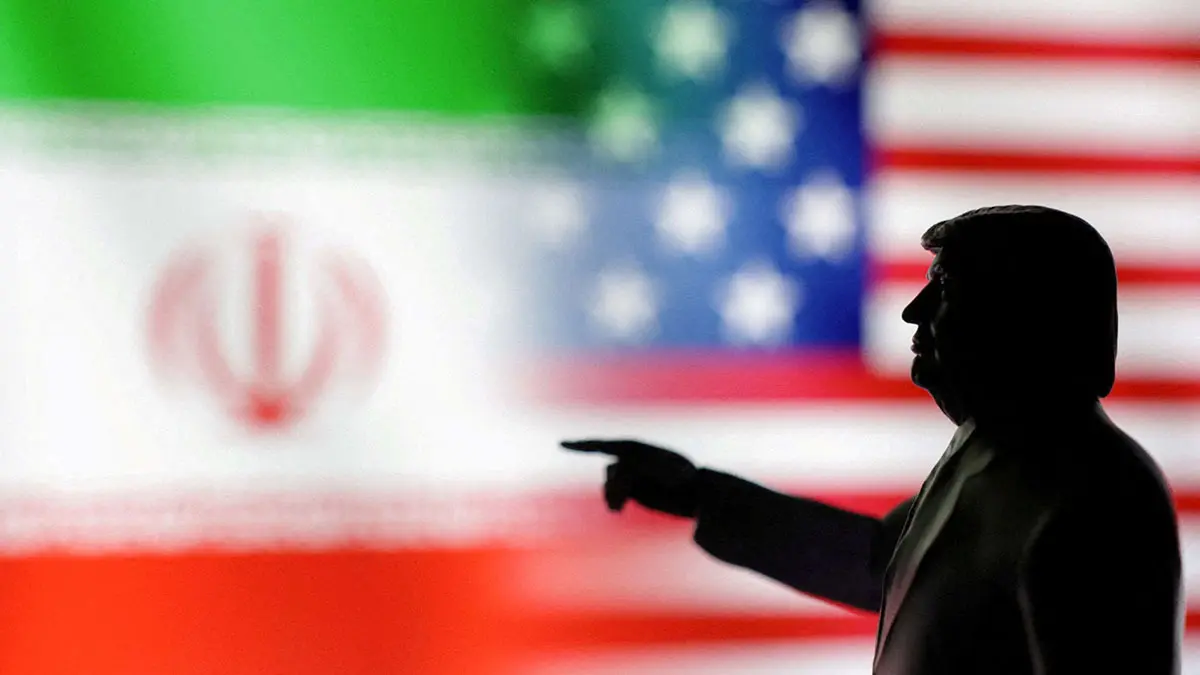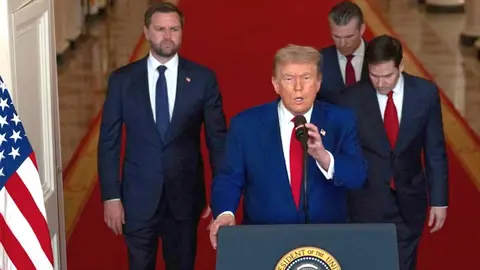Attacking Iran: a long-awaited revenge

The story dates back to 1979, and its climax would not be merely the fall of its great ally, the Shah of Persia. The Islamists' rise to power was accompanied by a major affront to Washington. The revolution culminated in the storming of the US Embassy in Tehran by members of the fledgling Revolutionary Guard and the taking of its occupants hostage. This was a kind of blackmail insurance policy for the new regime against the Americans. The parallels with the recent hostage-taking at a concert in Israel by Hamas radicals are not insignificant. In both affronts, the hand of the Iranians can be seen behind the scenes.
I experienced first-hand the profound repression that those events had on the American people and public opinion, who lived in national anxiety during the prolonged kidnapping of the hostages and the seizure of US facilities on Iranian soil, which have still not been returned, as the two countries have not had relations since then. No one could believe such an offence at the time. It was the greatest challenge to the American giant. We had to spend the whole day with our radios tuned in to the news, alert to any developments in the kidnapping, which was never resolved. Television began a daily programme with a large audience that recounted each day of the kidnapping, directed by NBC journalist Ted Koppel under the title ‘America held hostage’. Day 1, day 2, day 200... The kidnapping would last 444 days.
The ordeal lasted more than a year until the significant date of the inauguration of the new US president on 20 January. Jimmy Carter, of the Democratic Party, lost the White House, undoubtedly due to the interference of the new Islamist regime in the election campaign. Carter was considered to have failed to respond adequately, and the country was humiliated by an Iran emboldened by its rhetoric thanks to the hostage-taking. Thus, Republican Ronald Reagan came to power. The inauguration, the presidential oath on the steps of the Capitol, took place at the same time as the hostages were released from Tehran. Another act of humiliation for the superpower.
Since then, no country has been more hated by the administration and the American people. The bombing operation led by Donald Trump comes too late for some, 45 years too late. The logic behind the attack is now based on preventing the Ayatollah regime from acquiring nuclear weapons, as well as on collaboration with the defence of the State of Israel. But the underlying motive is to heal the wound in ‘the heart of America’ caused by the prolonged hostage-taking in Tehran.
During his first term, Donald Trump promoted the so-called Abraham Accords, which bore progressive fruit in Washington's alliance with the Middle East oil world and in the normalisation of relations between long-standing enemies: Israel and the Arab monarchies in the region. It was the great diplomatic move and the best fruit of his presidency. He had broken a cycle of hatred and started one of cooperation. The final icing on the cake of harmony was about to be added by Saudi Arabia, his new friend in the region since the arrival in power of Prince Mohammed bin Salman. The impossible was becoming reality. But someone was going to slam their hand on the table and prevent the cake from being shared among the guests.
Thus came the Hamas assault on 7 October 2023 on the concert being held in Israel near the border. The hand was that of Hamas, the inspiration seemingly coming from the Iran of the ayatollahs, determined to derail the operation to normalise Israel's relations with its neighbours. Riyadh did not become the definitive agreement as expected, and Trump had lost power in the elections.
The normalisation process remained unfinished. But revenge against the disruptor of this historic agreement and the attack on the embassy (both involving hostage-taking) was pending. Perhaps for this twofold reason, Trump has not wavered and has decided to give the Ayatollah regime the punishment long awaited by the people of the United States and Israel. The action was to be framed as a moral duty to his own people to decapitate a regime that had been an affront to the United States of America from day one.
When attempts were made to end the hostage crisis at the embassy in Tehran, Jimmy Carter launched an air rescue mission that ended in a regrettable failure, with planes and helicopters stranded in the desert sands without even reaching their target. Now, the attack on the nuclear power plants to prevent the Iranian regime from possessing the atomic bomb seems to have been more effective and has also sent a message to the population that the radical Islamist regime is faltering. Will the group of ayatollahs now count the days until their downfall, just as Washington did with the days of the hostage-taking? The wait for revenge has been long. Now it remains to be seen how widespread and effective it will be.
Javier Martín-Domínguez covered the long Tehran hostage crisis from RNE's New York bureau.



